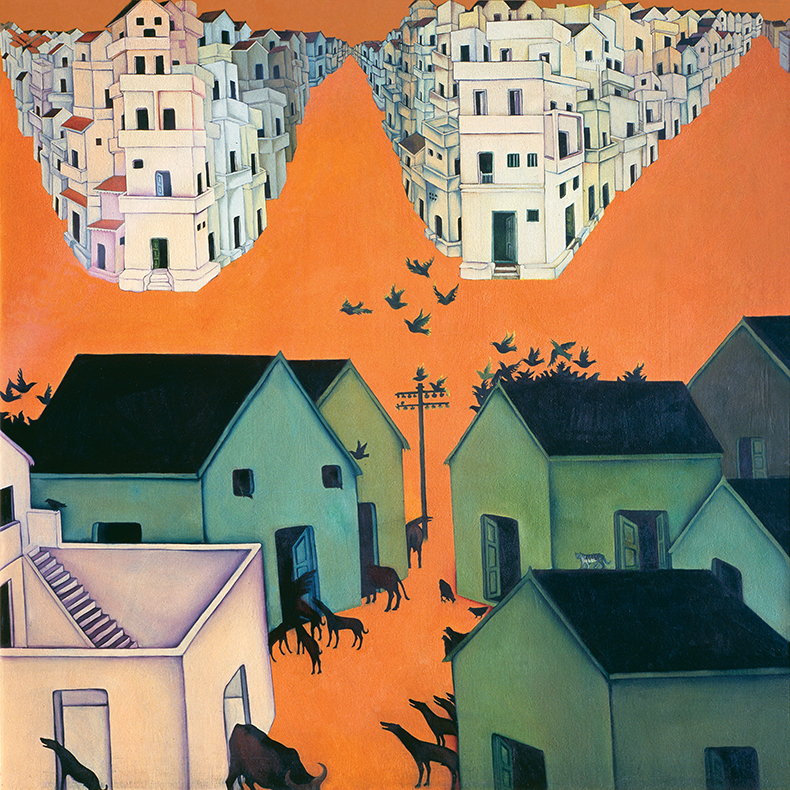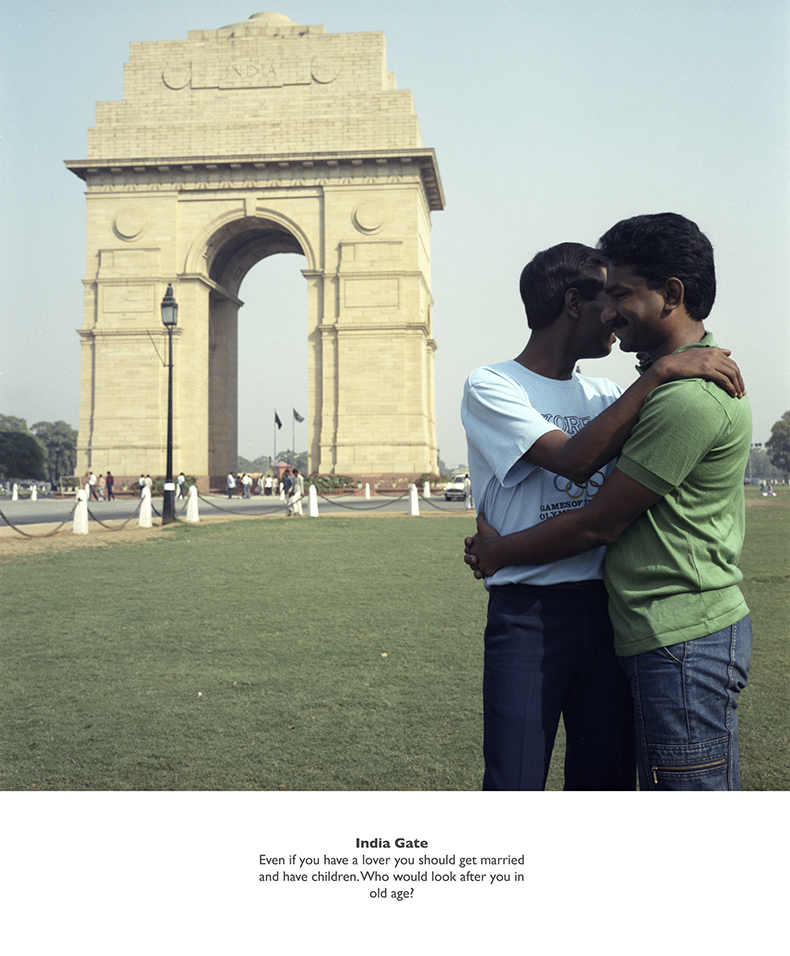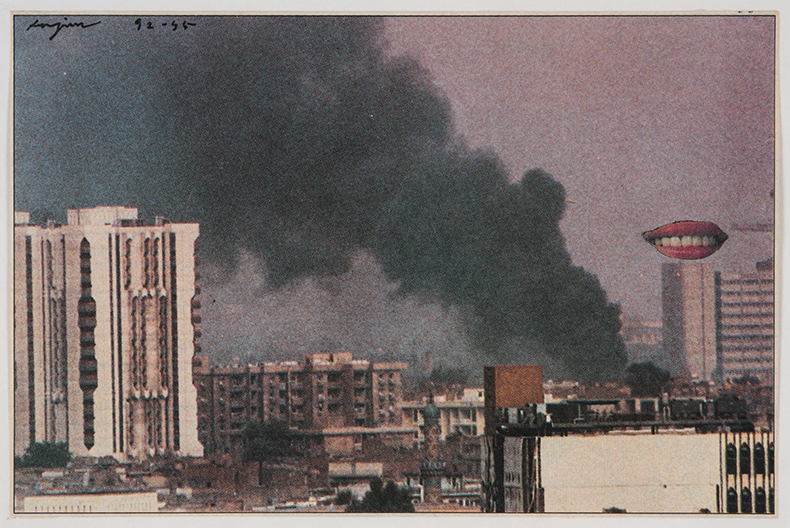‘The Imaginary Institution of India’ takes a slice of India’s recent history – the period between 1975, when Indira Gandhi declared a state of emergency across the country and a subsequent two-year period of authoritarian rule, and 1998, when the secret Pokhran-II nuclear tests took place in Rajasthan – and displays around 150 works and more produced during that period (5 October–5 January 2025). Through paintings, films and photographs, sculptural works and more, the exhibition charts how Indian artists responded to various events and developments during this period of tumult: Gulammohammed Sheikh, for example, who in his painting Speechless City (1975) refer to the state of emergency; Sunil Gupta, whose series of photos Exiles (1987) track a group of gay men in New Delhi; or Nalini Malani and her video works from the late 1990s that meditate on the country’s nuclear tests. A three-month-long season of Indian cinema made after 1970 runs at the same time as the exhibition and includes films directed by Mrinal Sen, Govindan Aravindan and John Abraham, among others.
Find out more from the Barbican’s website.
Preview below | View Apollo’s Art Diary

Speechless City (1975), Gulammohammed Sheikh. Courtesy the Artist/Vadehra Art Gallery; © 2024 Gulammohammed Sheikh

India Gate (1987), from the series Exiles by Sunil Gupta. Courtesy the artist/Hales London and New York; © Sunil Gupta

Safdar Hashmi (1989), M. F. Husain. Courtesy Emami Group of Companies

Mild Terrors-II (1991–96), C. K. Rajan. Courtesy the artist/Kiran Nadar Museum of Art, New Delhi














![Masterpiece [Re]discovery 2022. Photo: Ben Fisher Photography, courtesy of Masterpiece London](http://zephr.apollo-magazine.com/wp-content/uploads/2022/07/MPL2022_4263.jpg)
‘Like landscape, his objects seem to breathe’: Gordon Baldwin (1932–2025)